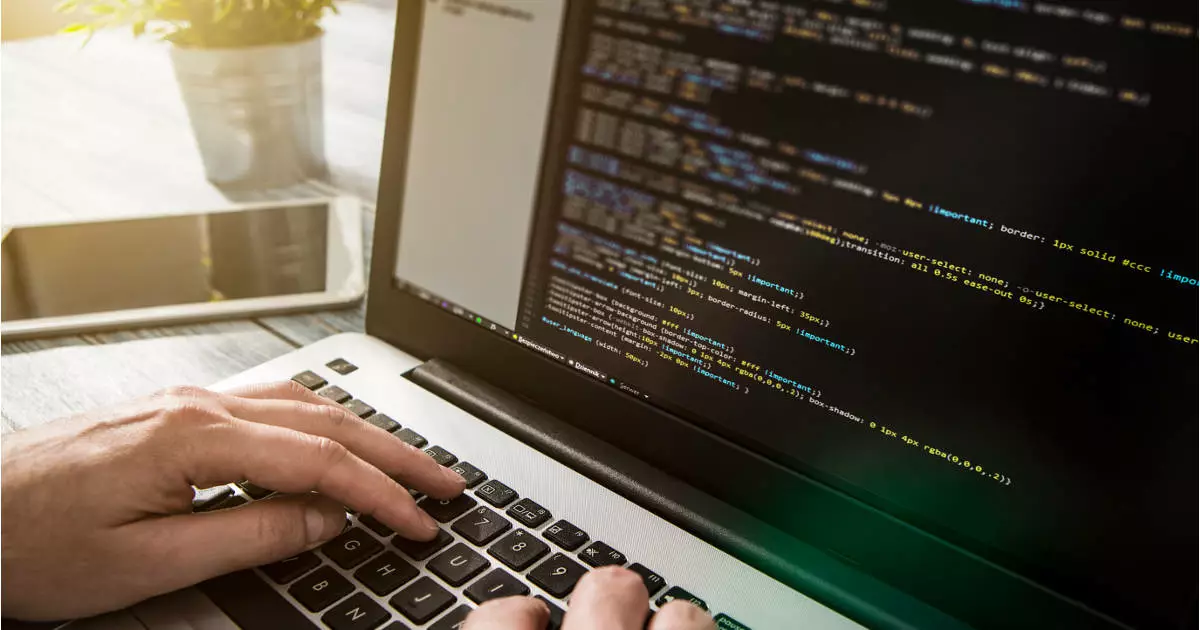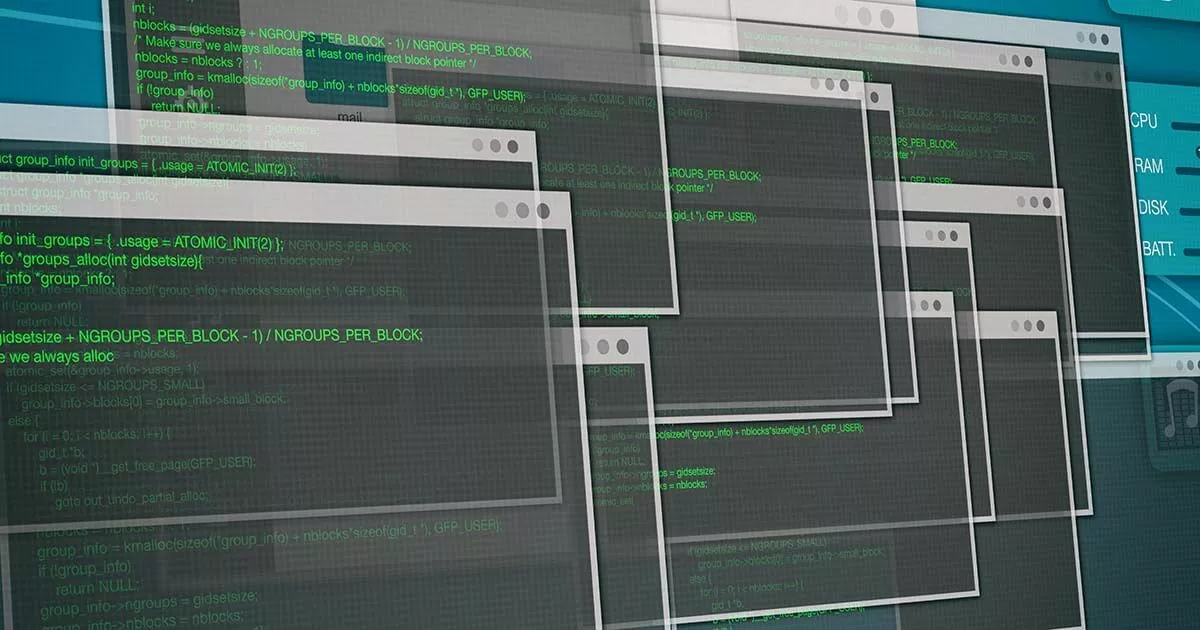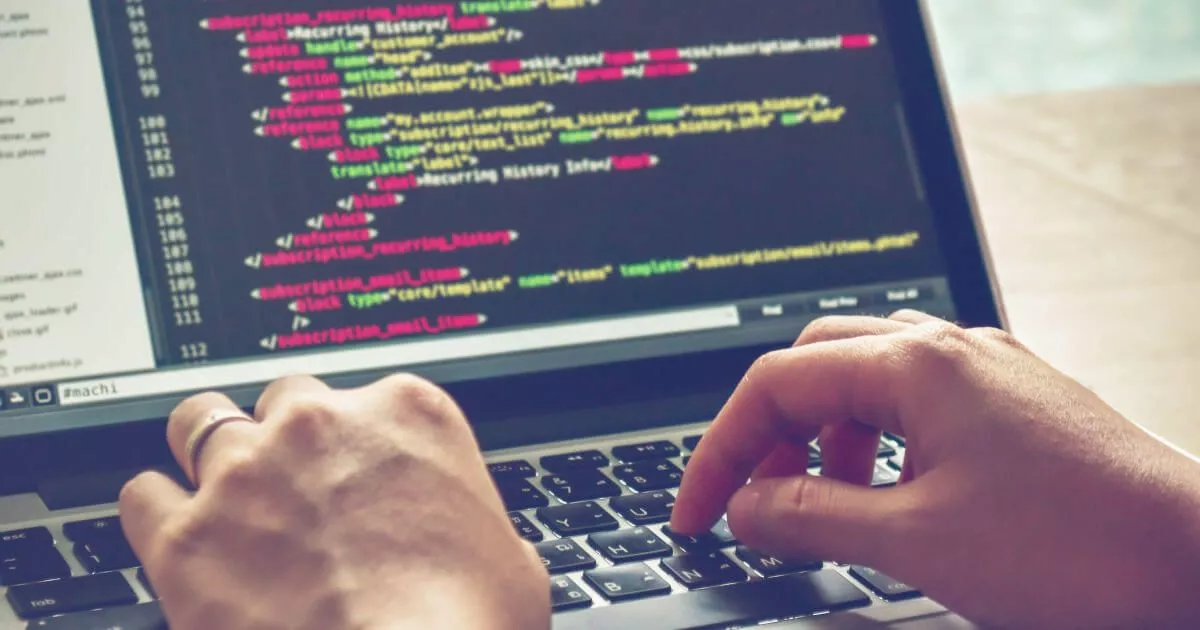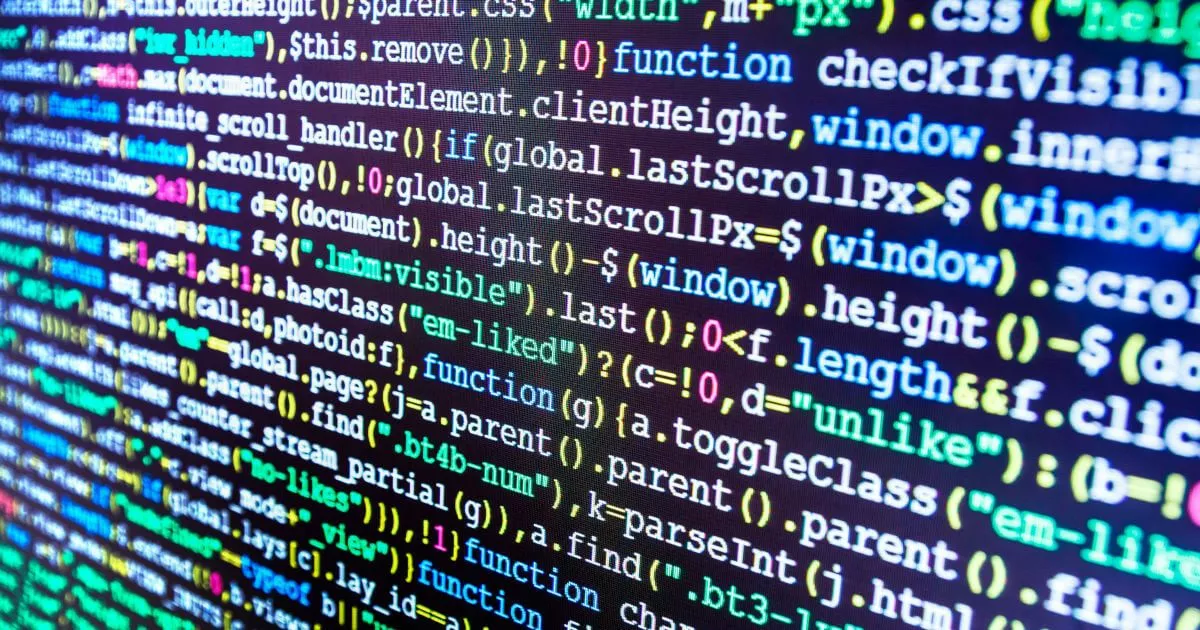 REDPIXEL.PLShutterstock
REDPIXEL.PLShutterstockHow to use Python pickle to serialize and deserialize objects
If you need to save portions of your code for later retrieval or sharing, you can do so with Python pickle. This module serializes objects and allows you to store them on a hard drive or in a database. In this guide, you’ll discover how to effectively use Python pickle, and with…









